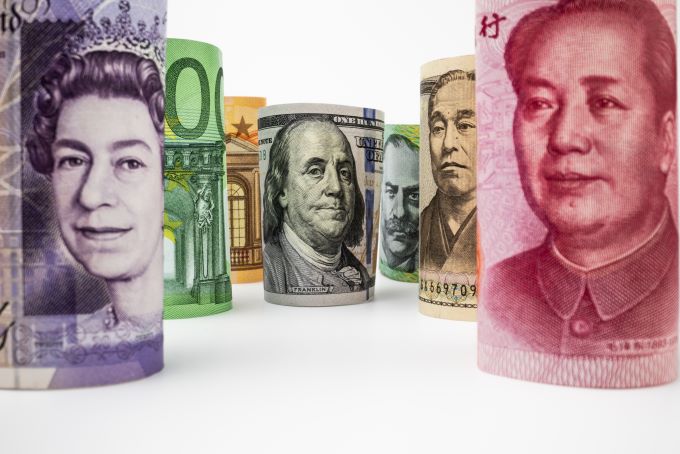The following are the most recent pieces of Forex technical analysis from around the world. The Forex technical analysis below covers the various currencies on the market and the most recent trends, technical indicators, as well as resistance and support levels.
Most Recent
One of the most heavily influenced currency pairs by the Non-Farm Payroll announcement is the USD/JPY. The pair is a well-known “risk sensitive” market, and will often be the focal point of traders – especially if the reports are good.
One trader used today's technical analysis to profit significantly - see how you can too!
We start out today on the daily chart with price up against the 50.0 fib level and the lower Bollinger band sharply pointing up.
Top Forex Brokers
On the USD/CHF daily chart for the Swissy price is currently being crunched between the 5 and 21 ema's with the 233 and a trend line just above.
Starting my analysis today on the daily chart. Yesterday, as expected price met up with the 5 ema, reacted and dropped down just a bit.
I will start with the daily chart for this pair today. Price fibbed the other day and overlapped with the 233 ema and has been dropping since.
On the daily chart for this pair it is very obvious price has bounced off the 61.8 fib level a few days ago and the 5 ema.
Currency: AUD/NZD Trend Expected Direction: Down Strategy: Elliott Waves and Fibonacci Trading
Get a free USD/CAD signal based on Elliott Wave principles from an expert trader. Find your reason to enter the market!
Bonuses & Promotions
The Loonie took a bit of a breather today after its bullish movement (over 330 pips in 4 days) off of the support zone at 0.9906 a few days ago.
See how one expert trader turned today's technical analysis into profitable trades in GBP/USD and USD/CHF.
I start my analysis for this pair looking at the daily chart. It appears quite bullish. The 21 ema seems to be in control of price and yesterday price made a fib overlapped with the 21 ema and bounced up.
Subscribe
Sign up to get the latest market updates and free signals directly to your inbox.On to the hourly weekly pivot chart I can see that the stochastic is in the trade zone pointing up and the 5 ema is crossing through the 13 ema but once again, on this chart the 55 ema is just above price and the M3 is just a bit above that at 107.68 and this overlap can slow us down.
The Euro has recently made a very bearish move. Looking at the daily chart it is obvious we broke through a steep trend line and price fell fast and hard and gapped away from the ema's and the 5 has crossed below the 13 and is prepping to close below the 21.
On the daily chart price breached the upper trend line then fell back a bit to the ema's which will give price a push back up. The stochastics has surfaced out from the oversold zone and is pointing up and the daily 5 ema is prepping to cross the other ema's.




